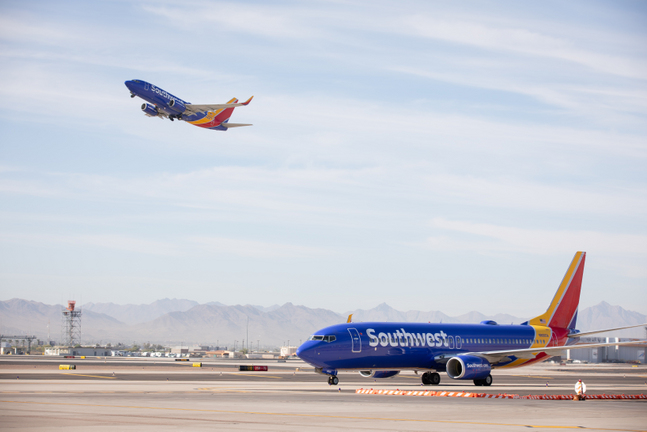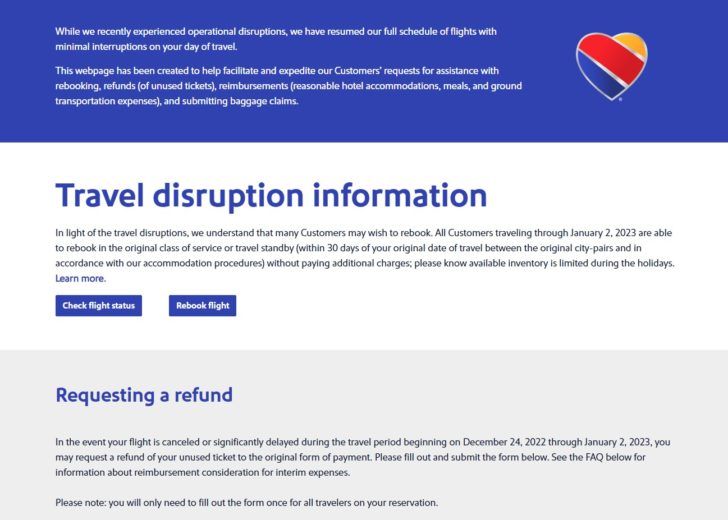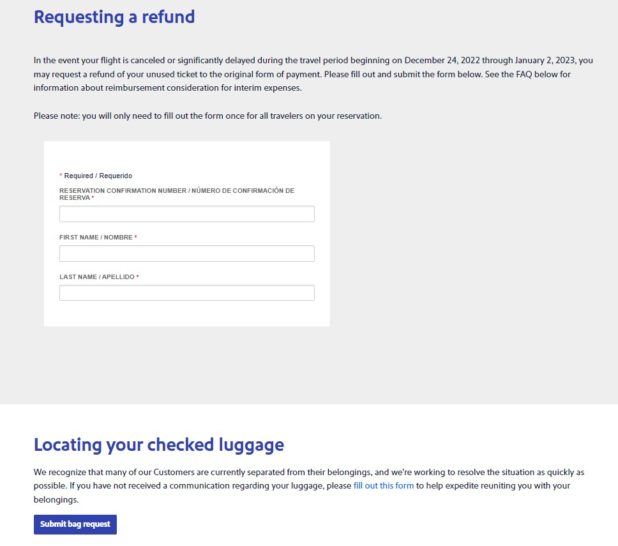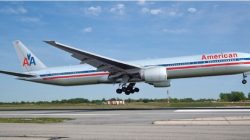Flying during the holidays can be problematic. Flying in winter can be difficult. Adding these two factors together with a computer system meltdown created one of the largest airline failures in the history of airline transportation. Since the drama began on December 21, 2023, over 16,000 Southwest flights were canceled. Southwest stated that on Friday, December 30, 2022, they expected operations to return to normal. As of yesterday, January 2, 2023, Southwest canceled 188 (4%) flights while another 1,551 (37%) flights were delayed. What happened here is actually a result of cascading failures.
A Lot Of “Moving Parts”
Operating a reliable flight schedule depends on a lot of moving parts. It is the sum of all of these parts that must play their parts in a perfectly orchestrated manner to make it happen on time. Key personnel includes:
- Pilots,
- Flight attendants,
- Dispatchers,
- Crew schedulers,
- Ramp Agents,
- Mechanics,
- Baggage handlers and
- De-icing trucks and operators.
There are more people involved but these are the major players. Some positions like pilots, flight attendants and mechanics require certification by the Federal Aviation Administration (FAA) and can’t be easily replaced.
There are logistics that require careful choreography to get the next flight out. Typical operations on the ramp include:
- Marshaling the aircraft to the gate,
- Group power hookup,
- Jet bridge deployment to the boarding door,
- Lavatory service,
- Aircraft fueling,
- Galley catering,
- Cabin cleaning and
- aircraft pushback.
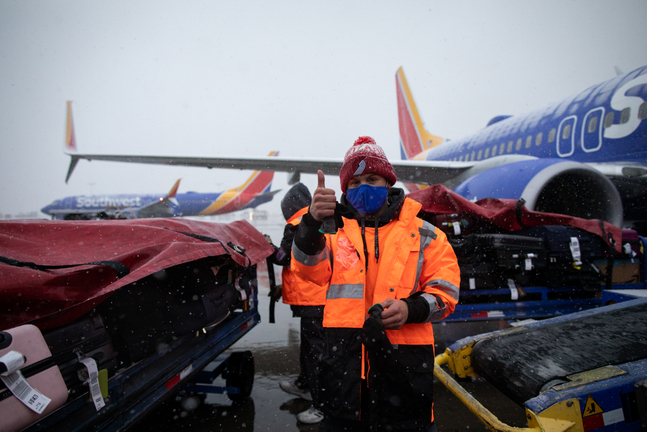
Performing all of these operations in good weather usually makes the required turnaround time of an airline. Airlines have turnaround times based on aircraft type and size. Bad weather and staff shortages can affect successful turnarounds.
Aircraft for short-haul carriers like Southwest can fly six or more flights per day. If the first flight out is delayed, there is a possibility that the remaining flights that day for that aircraft will also be delayed.
When a flight is canceled, aircraft are now out of position. If the aircraft fails to leave point A for point B, the flight with that aircraft can’t fly to points C, D, E and so on. One of the reasons that most aircraft don’t fly in the early morning hours is it gives airlines a chance to get caught up. If an airline can’t get caught up on day 1, the aircraft will be out of position on day 2 or day 3 and so on.
The “Swiss Cheese” Model
In aviation, massive failures usually are not the outcome of a single point of failure but a series of cascading failures. Whether it is flying the aircraft or ground handling, failures can be reduced by employing the Swiss cheese model. If you line up random blocks of Swiss cheese, you shouldn’t be able to have the holes line up to penetrate from the first block to the last. Interceding early in the cascade process can be illustrated as realigning the holes to stop the failure progress. As I will mention during the course of this post, the failures will keep lining up to create a perfect storm.
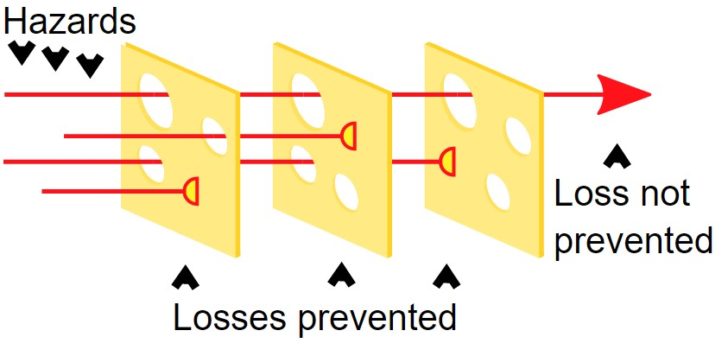
It Likely Started In Denver
It appears that the first cheese hole appeared in Denver. The effects of the storm likely started here. Ramp agents were required to work 16-18 hour shifts in frigid temperatures. Some ramp workers were reported to be suffering from frostbite. Many Southwest employees in Denver were calling in sick. Southwest declared a state of operational emergency in Denver. In order to stem the number of sick calls, employees were required to return with a doctor’s note or face termination. A memo from Chris Johnson, VP of Ground Operations was distributed to employees on December 21, 2022.
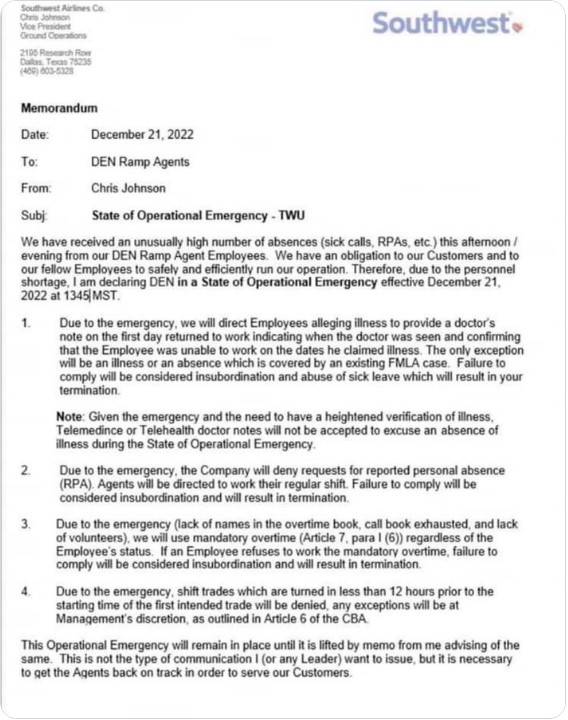
There a various accounts of what happened next but it appears that as many as 150 ramp agents in Denver quit their jobs. Southwest Airlines disputes this figure but it is likely that they have been ramp agents that called it quits.
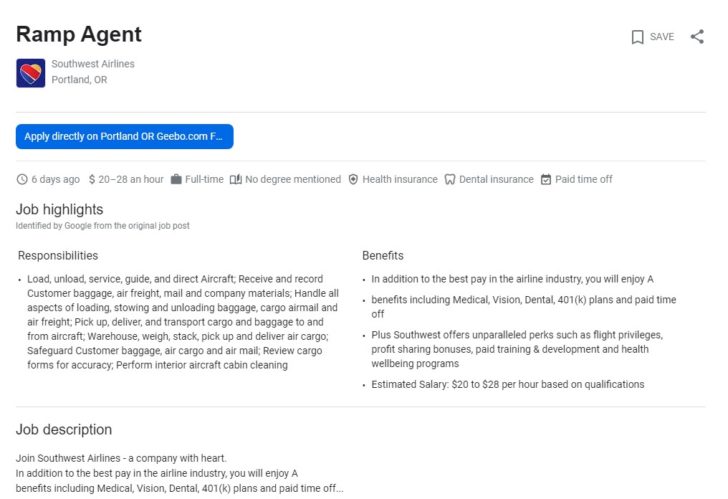
If there is a lack of ramp agents, essential aircraft tasks can’t be completed. Ground operations need planes to be parked, baggage to be handled, aircraft fueling and the ability to push the plane back from the gate to complete the next flight of the day. As flights are getting canceled at one airport, flights will get canceled at other airports because the aircraft and/or crews fail to show.
The Shutdown Begins
One by one, Southwest Terminals began shutting down after Denver:
- Dallas – Ft. Worth,
- Saint Louis,
- Nashville,
- Chicago Midway.
Southwest Airlines uses a computer system called Skysolver to run the airline operations. This computer system is a relic of the 1990’s when the size of the Southwest fleet was significantly smaller. Skysolver can only handle so many flight cancelations before it begins to grind to a halt. This software is critical to assembling flight crews of pilots and flight attendants. Southwest has had operational failures before but the airline has failed to upgrade its computer automation.
Flight Crew Rest
Pretty much everything that has to do with airline operations are found in FAR Part 121 regulations. Within FAR Part 121 is section 121.471 which governs pilot rest requirements. When the dispatching computer is running properly, it is an easy task to assemble flight crews and operate within section 121.471. When the computer stops, this must be done by hand which may not be possible. Crew scheduling would need to know the recent work history of all of its pilots making the manual assembly of legal flight crews virtually impossible. If all pilots were off duty for 72 hours, then all pilots could be qualified to fly and Southwest could resume assembling flight crews. That might have been part of the problem that took days to fix.

One thing that we saw during this meltdown is that Southwest was having difficulty finding hotel rooms for their aircrews.
Where Are The Flight Crew Members?
We all heard stories about passengers waiting on hold for over 10 hours to speak with a customer service agent. The pilots and flight attendants were no better off. Dispatchers for Southwest had no idea where their flight crews were. They were also on hold for over 10 hours to speak with crew scheduling. Here is a tip for Southwest, let your flight crews text their name, employee number and location instead of keeping them on the phone. Somebody can record the data so they begin reconstructing flight crews by hand.
Lack Of An “Interline Agreement”
Part of the Southwest business model is that it is a fiercely independent operation. Most airlines employ an interline agreement as a form of mutual aid agreement. I fly on Alaska Airlines and my flight from Boston to Seattle was canceled due to mechanical issues. As the cancellation was nearing the 24-hour mark, Alaska Airlines through its interline agreement with Delta, rebooked me on a Delta flight to get back home.
If you were stranded by Southwest, you were on your own.
Irregular Operations
Irregular operations or “irreg-ops” is a situation that hits passengers hard. The airlines are responsible for you if the delay is within their control. During a significant weather event, airlines will determine that event and the failures caused by it as irregular operations. Weather, strikes, an Act of God are a few ways that airlines can get out of providing hotel and meal vouchers. The airline can’t reunite you with your bags but since they are calling irregular operations, no shopping credit for you. Even if you are willing to pay, everybody is in the same boat and hotels may be sold out.
Ticket and Gate Agent Fatigue and Abuse
You saw it on TV. Passengers unloading on ticket and gate agents. I get it, the passengers were outraged but they forgot one thing. These employees were just as tired and could only do what they were empowered to do. Another point in the cascading chain of failures.
I saw a news story in Nashville where the police were called to deal with the passengers. Their solution was if you no longer had a valid ticket, you needed to leave the terminal. If you failed to leave the terminal, you were trespassing.
What To Do If You Had Out-Of-Pocket Expenses
Southwest Airlines originally said that there would be no compensation for the meltdown to irregular operations. Secretary of Transportation, Pete Buttigieg had a different opinion and may try to fine the airline. The airline has had a change of mind. If you feel that you are owed compensation, Southwest has established a webpage for you at https://www.southwest.com/traveldisruption/.
You will be able to submit your claim for consideration by Southwest Airlines.
Final Thoughts
Of all the airlines that operate in the U. S., only Southwest experienced a major meltdown in operations. It is those cascading failures that build upon each other that can drive an operation into critical mass. To make matters worse, the ancient operations IT systems have long seen their prime. If they had invested in new IT infrastructure, the airline might have fared no worse than its competitors did.
It’s good to see that Southwest has changed its mind about compensation. The weather may not be in control of the airline but their IT and operations management are.

